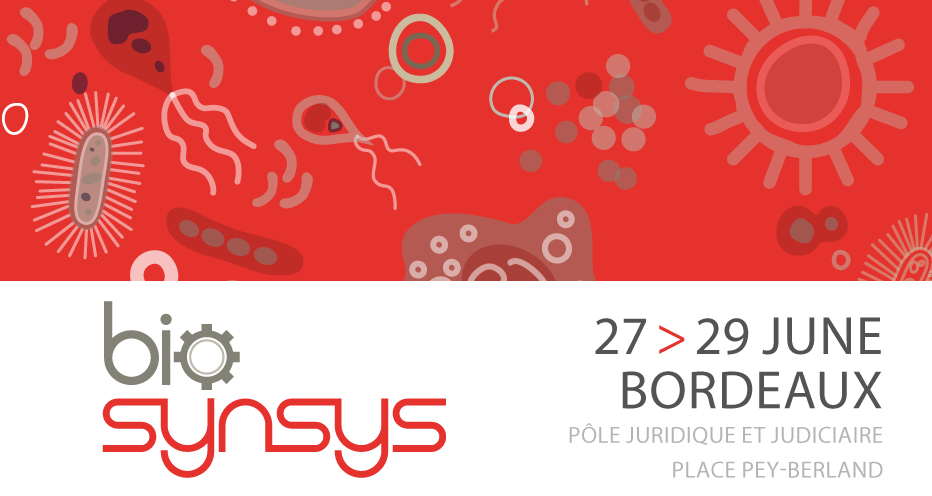Systems metabolic engineering envisages combining our increasing integrative systems biology understanding with synthetic biology capabilities to speed the design of cell systems for enhancing the bio-production desired products (1). Building on our integrative systems understanding of nitrogen physiology and our synthetic tools to tune nitrogen regulation (2) we present past and ongoing work to enhance biological nitrogen fixation. Our ultimate aim is to help addressing food security, global nitrogen imbalances and its severe ecological risks (3).
Bacteria sense the intracellular nitrogen status (glutamine/a-ketoglutarate ratio(4)) via PII proteins (PII and GlnK) that directly control i) nitrogen metabolism through post-translational modification of the glutamine synthetase (GS), ii) gene expression of about 50 nitrogen assimilation genes and iii) about 20 nitrogen fixation genes in free living diazotrophs. Nitrogen assimilation and nitrogen fixation regulons are under the control of the bacterial enhancer binding proteins (bEBPs) NtrC and NifA, respectively, activating the alternative σ54 RNA polymerase (5). Under nitrogen limiting conditions, nitrogen assimilation and fixation are up-regulated, but also subject to a host of additional physiological cues, e.g. carbon and energy status, and oxygen pressure.
We have designed, engineered and tested chimeric bEBPs and established N status orthogonal signal input/transcription rewired signalling that allowed for near regulon wide control. By force driving transcription of dozens of genes under nitrogen replete conditions, and measuring systems changes (transcriptomic, metabolomic and proteomic) we could observe which aspects of the cell system resisted or gave way to the synthetic perturbation and at which level along the central dogma of molecular biology. This revealed inter-network connections and control hierarchies between these levels and how they contribute to cellular robustness. Further, we have traced the information flow through PII mediated signalling acting on GS and investigated the role of GlnK through models that integrated their dynamic intracellular post-translational modifications in response to changes in the nitrogen status, revealing a fine metabolic tuning capacity of the central nitrogen assimilation pathway. We present ongoing work (RCUK BB/N003608/1) on how we exploit these insights to synthetically rewire cell signalling in diazotrophic Klebsiella oxytoca, rebalancing N-assimilation and N-fixation for surplus ammonium secretion.
1. J. W. Lee et al., . Nature Chemical Biology 8, 536 (2012). 2. J. Schumacher, in Environmental Control of Gene Expression and Adaptation in Bacteria., F. J. D. Bruijn, Ed. (Blackwell/ Wiley, 2016), pp. 24. 3. J. Rockstrom et al. Nature 461, 472 (2009). 4. J. Schumacher et al. mBio 4, e00881 (2013). 5. J. Schumacher et al.. J Struct Biol 156, 190 (2006).

 PDF version
PDF version
